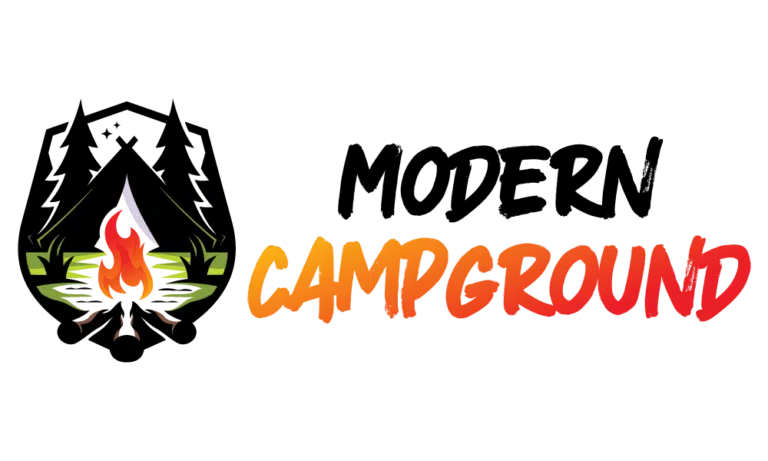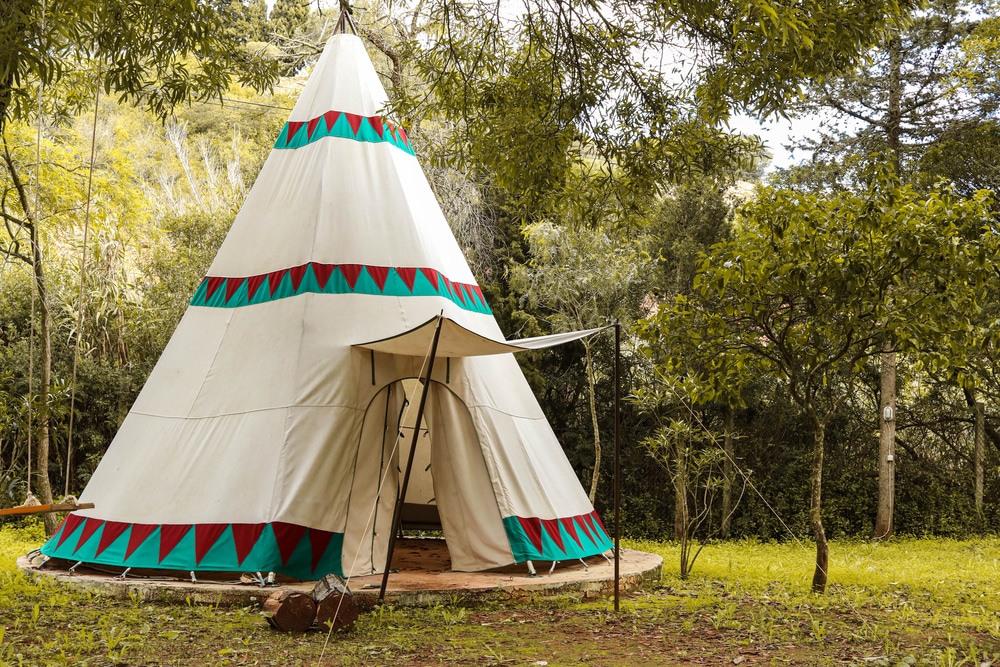Saskatchewan’s provincial parks are preparing for the 2025 camping season with the introduction of 63 new seasonal sites and two additional Camp-Easy yurts, a move that signals continued investment in infrastructure aimed at supporting the growing demand for outdoor recreation across the province.
The new sites have been added to campgrounds in Buffalo Pound, Crooked Lake, Great Blue Heron, Makwa, Candle Lake, and Meadow Lake Provincial Park.
The provincial government is positioning these additions as part of a broader strategy to improve accessibility and enhance the guest experience for campers across Saskatchewan’s public lands.
“Camping is a wonderful option for people who want an affordable summer vacation and to enjoy time in nature,” said Parks, Culture and Sport Minister Alana Ross in a report by 650 CKOM.
“As camping grows in popularity, our provincial parks are ready to meet the demand with more campsites, new events, and expanded programming.”
The seasonal campsite reservation process begins April 7, with nightly, group, Camp-Easy yurt, and day-use bookings scheduled in a staggered format between April 8 and April 15, depending on the park location. Campers are advised to use the province’s online queuing system, which opens daily at 7 a.m.
For private campground operators and businesses within the outdoor hospitality sector, these developments provide a key opportunity to assess market trends and adjust offerings accordingly.
Public sector expansions, particularly in seasonal and yurt accommodations, highlight the growing consumer interest in semi-permanent lodging options and nature-based experiences.
Special events such as the Festival in the Forest at Meadow Lake on April 9 and Into the Pines at Candle Lake on September 13 further indicate a shift toward programming that enhances visitor engagement, creating potential collaborative avenues for nearby private operators to align or cross-promote with public events.
While Canada Day and Summer Cinemas will be hosted throughout the season across various provincial parks, the broader takeaway for industry stakeholders lies in the Saskatchewan government’s continued prioritization of infrastructure and event programming—efforts that may influence consumer expectations and increase overall tourism traffic in surrounding areas.
By understanding how provincial parks are adapting to rising demand, campground owners and RV park operators can better anticipate guest preferences, invest in complementary amenities, and align booking strategies with regional reservation trends.


